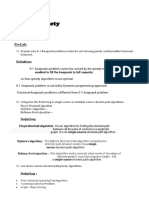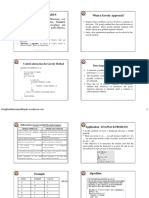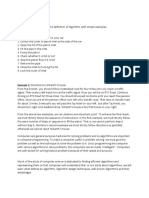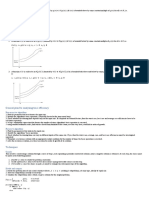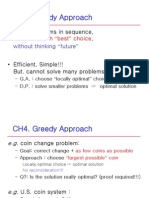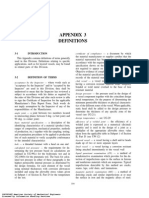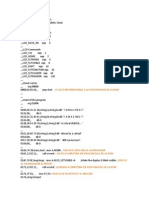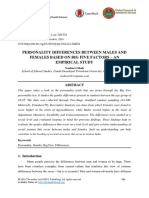0% found this document useful (0 votes)
37 views11 pagesGreedy Algorithm
The document discusses greedy algorithms, which make the best immediate choice at each step. It outlines several greedy techniques including the fractional knapsack problem, activity selection problem, and minimum swaps for bracket balancing, among others. Each technique is briefly explained with examples illustrating their application and output.
Uploaded by
Ahnaf AmerCopyright
© © All Rights Reserved
We take content rights seriously. If you suspect this is your content, claim it here.
Available Formats
Download as PPTX, PDF, TXT or read online on Scribd
0% found this document useful (0 votes)
37 views11 pagesGreedy Algorithm
The document discusses greedy algorithms, which make the best immediate choice at each step. It outlines several greedy techniques including the fractional knapsack problem, activity selection problem, and minimum swaps for bracket balancing, among others. Each technique is briefly explained with examples illustrating their application and output.
Uploaded by
Ahnaf AmerCopyright
© © All Rights Reserved
We take content rights seriously. If you suspect this is your content, claim it here.
Available Formats
Download as PPTX, PDF, TXT or read online on Scribd
/ 11

